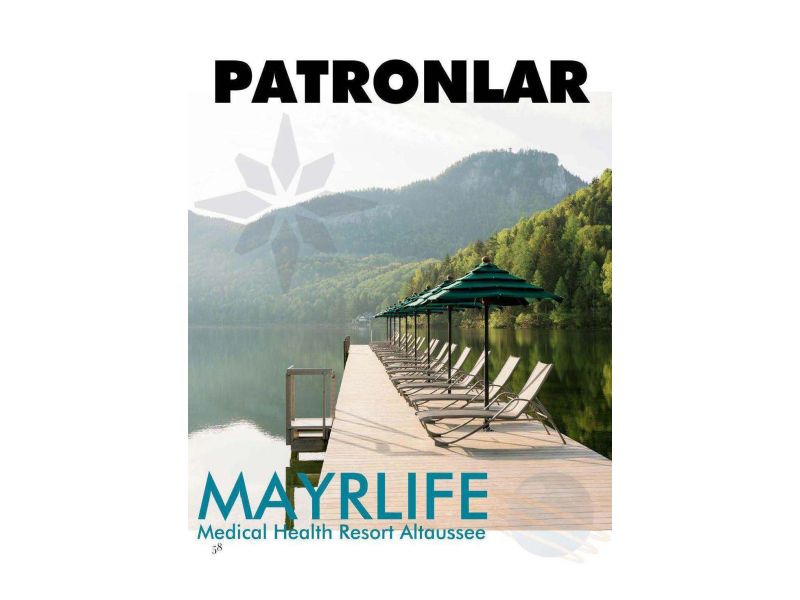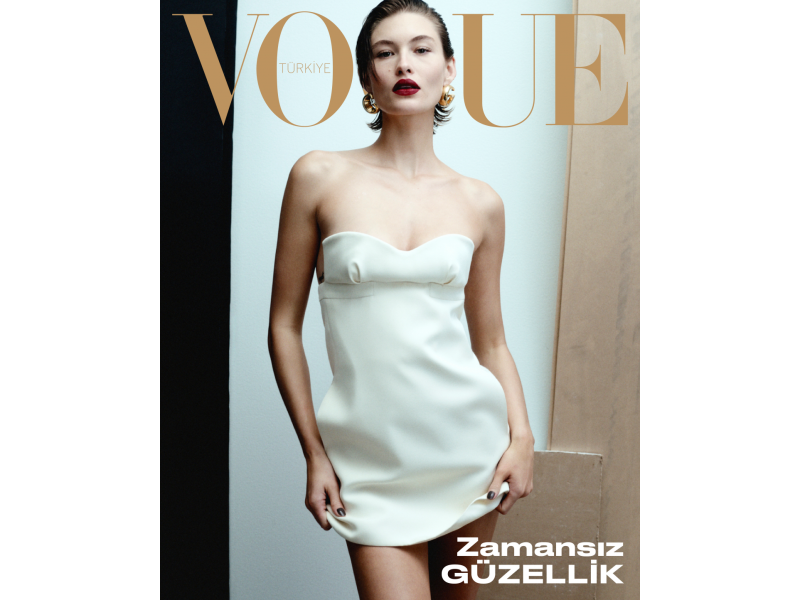More resilient thanks to the cold?
What exercising in the cold does to the body
Admittedly, we might feel a little resistance towards training outside in the cold, but there are plenty of reasons to do so. For cold nudges the body out of its comfort zone and boosts the immune defenses. This makes us more robust against pathogens. But how does this work and what do you need to pay attention to?
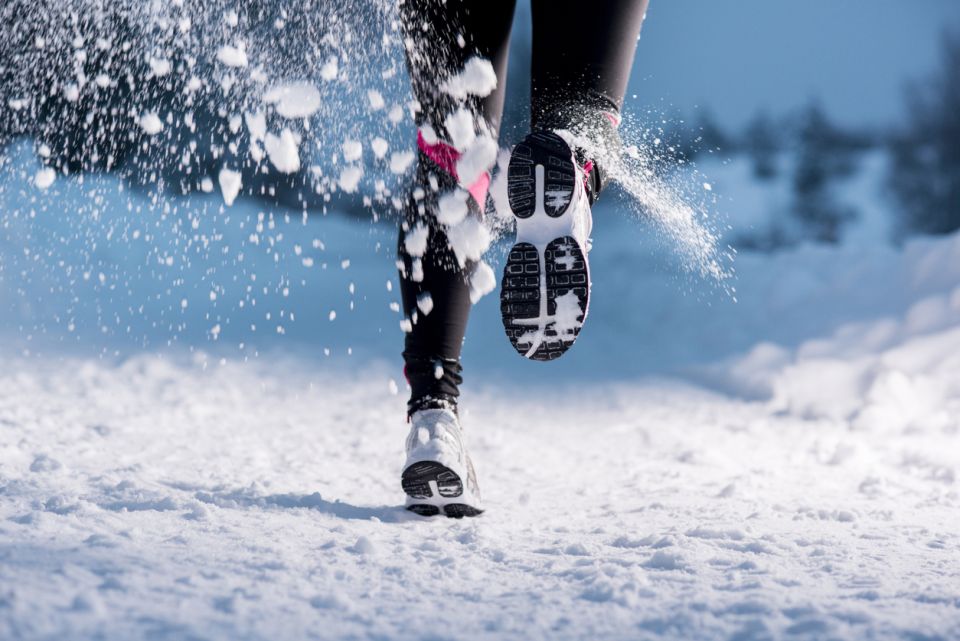
Working out in the cold trains the vascular system
In order to benefit from the health-enhancing effect of the cold, one thing is required above all: Heat. You read that right, because more than anything, it is the measured alternation between heat and cold stimuli that challenges the body and prompts it to get active. “If you spend all your time in heated rooms and never expose yourself to the cold, you overindulge your body. It doesn’t receive any stimuli to adapt to different temperatures and adjust itself accordingly,” explains Dr. Maximilian Schubert, holistic medical practitioner at MAYRLIFE. And this has consequences: The immune system is weakened over time. So if we do occasionally expose ourselves to cold, we are more susceptible to falling ill, because the body is simply not used to dealing with colder ambient temperatures as well.
“Neither permanent cold nor constant heat strengthen the immune system. What’s important is the alternation between warm and cold,” Dr. Schubert clarifies. This consistently challenges the body to react to the changing temperature and adapt accordingly. Extreme athlete and cold enthusiast Wim Hof explains this in his book “The Wim Hof Method” as follows: “As soon as you switch the water temperature from warm to cold, you wake up all the little muscles in your vascular system. These contract and expand consistently, and this permanent repetition continuously improves the tone of the blood vessel musculature until it is eventually optimized.”
Alternating heat and cold stimuli cause the body to crank up the circulation of blood. This is its attempt to regulate the difference in temperature. It is this effect that gradually makes us less sensitive to cold and that is generally known as resilience. In addition, the influence of the cold on the body also increases the number of white blood cells, which are responsible for the immune response in the body.
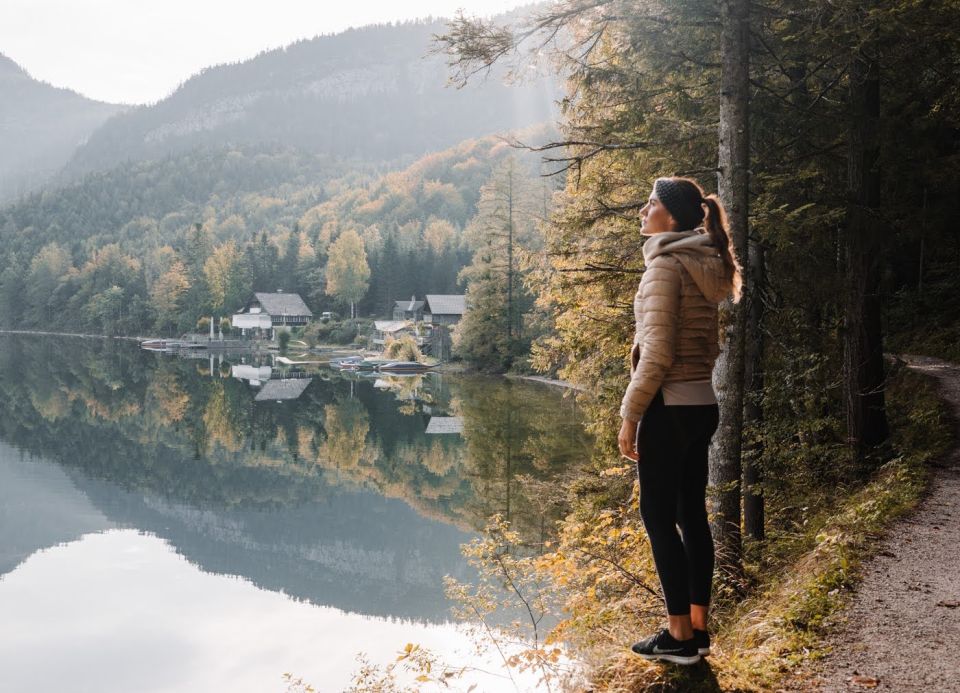
The thyroid gland and thermal regulation benefit from exercising in the cold
The cold encourages the production of brown fat cells in the body – and that’s a good thing! This is because brown fat uses energy and releases it in the form of heat. If, however, we only ever find ourselves in warm or constant temperatures, the body breaks down the brown fat. This, in turn, causes us to freeze even faster in the event that the body is then exposed to the cold, and our risk of catching a cold increases.
The thyroid gland also benefits from the effect of the cold. This is because the cold triggers the body to release the so-called thyrotropin-releasing hormone (TRH). TRH stimulates the thyroid gland to produce the hormones T3 and T4, which are extremely important for the entire cell metabolism and also influence the immune defenses.
So if you exercise in the cold, these processes are greatly stimulated and improved.
Exercising in the cold: Regularity is the key
Exercising in the cold, therefore, is healthy – but only when you do so on a regular basis. Otherwise, the effect of training on the vascular system disappears relatively quickly once more. “It’s like physical training,” Dr. Maximilian Schubert describes by way of comparison. “All muscles atrophy if they are not used – or used insufficiently.”
To derive the optimum benefit from the cold stimulus, it’s best to go out into the fresh air daily in winter. This doesn’t always have to mean an intense bout of exercise. “Simply the fact that the body generally has to compensate for large differences in temperature in winter stimulates the corresponding mechanisms in the body,” explains Dr. Schubert. Obviously a training session in the cold intensifies the adaptation symptoms and leads to an even greater reaction in the body. However, it is not necessary, and can even be counterproductive to work out in the cold too frequently. Too much of a good thing can swing the pendulum in the opposite direction and weaken the immune system, since the body requires a certain amount of time to regenerate after each training session. Training in the cold may cause this period to last a little longer than usual, which is a reason for beginners in particular not to train in the cold every single day.
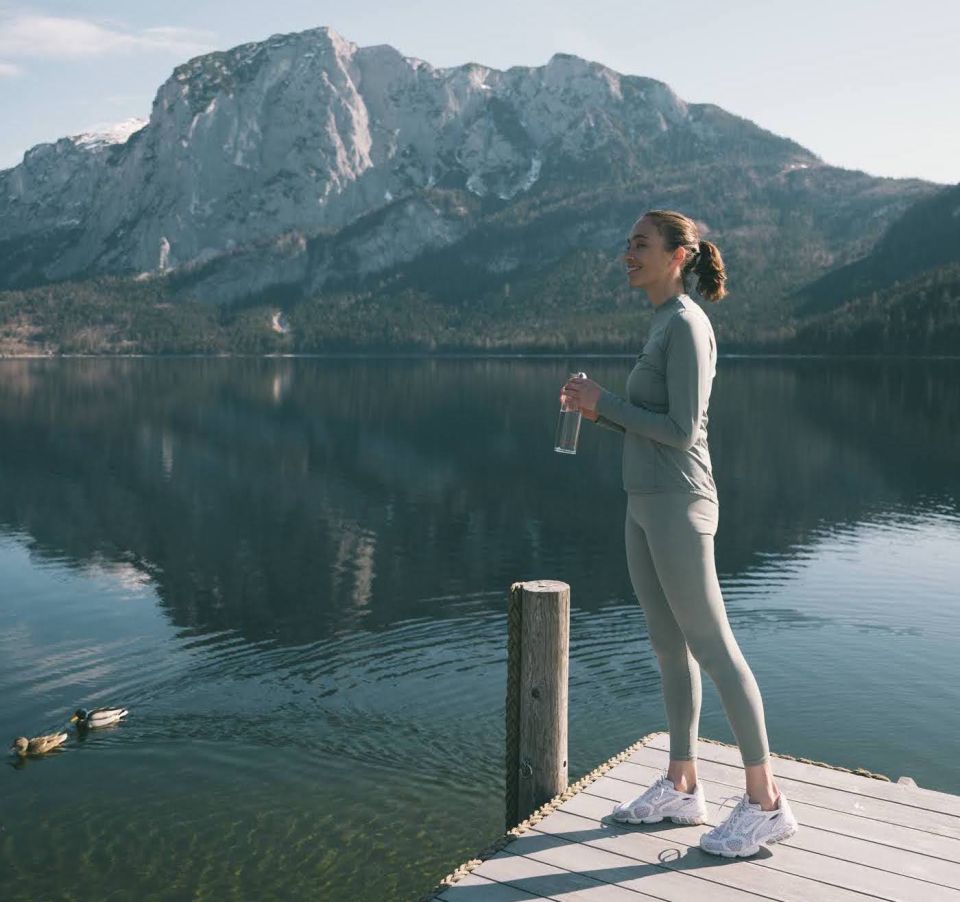
Sports in the cold: Step by step
As for many things, here the saying goes: Don’t overdo it! Especially not at the start. If, up until now, you have been used to staying well wrapped up in the cold or have generally not had much exposure to the cold, it makes no sense to go from zero to a hundred right away. Wim Hof, for example, advises ending your daily warm shower with no more than 15 seconds of cold water to begin with. “After a week, you’ll then be able to withstand 30 seconds or perhaps even longer. This is because your blood vessel musculature is being trained. The body’s core temperature remains unchanged. Your circulation remains excellent all day long and supplies you with sufficient energy,” his book reads.
In terms of the outdoor temperature, an air temperature of 10 to 13 degrees Celsius is optimum for open-air training sessions. If temperatures drop below minus 10 degrees Celsius, on the other hand, practicing sports outside should be avoided. This is because, if temperature differences are too great, the body has to expend a lot of energy to maintain the muscle and core body temperature, which may come at the expense of performance.
To get the maximum benefit from your training sessions, you should also take the following tips for exercising in the cold into account:
1. Your clothing should be insulating, but it is also essential that it is breathable so that the body’s core temperature can be maintained at a constant level as best as possible.
2. Only work out with full glycogen stores. These are the energy reserves that are primarily stored in the muscles. When you are physically active, they are released at a higher rate. However, if you train in the cold and your glycogen reserves are no longer sufficient for the training session, not only does this lack of energy decrease your performance, it also impairs peripheral vasoconstriction. This increases the loss of heat and weakens the immune system.
3. When practicing sports in cold temperatures, use scarves or face masks. These help to preserve heat and the moisture in your breath. What’s more, a diet rich in omega-3 fatty acids can help to keep the respiratory epithelium healthy and robust against pathogens.
4. Pay attention to your subjective sensation of cold. We all perceive cold differently. If you want to become accustomed to colder temperatures, it’s important that you use your individual sensations as a point of reference. “It’s not about withstanding a certain situation at any price, but rather about getting the body used to different external circumstances in a measured and gradual manner. When doing so, it’s important to listen to and take care of your own needs. Only in this way can you achieve a healthy, long-term adaptation,” Dr. Schubert observes.
Cold stimuli are part and parcel of the MAYRLIFE program
MAYRLIFE features plenty of different programs with a variety of focal points. Alongside targeted cold stimuli, such as cryotherapy, the daily agenda may also include visits to the sauna. At the start of each stay, various tests are carried out to determine the right measures for you personally in order to strengthen your health. For this, the experts at MAYRLIFE consult blood analyses as well as manual abdominal examinations or Functional Myodiagnostics. Have we piqued your curiosity? Our team will be happy to take your inquiry and advise you.
References
Hof Wim, 2021, Die Wim-Hof-Methode – Sprenge deine Grenzen und aktiviere dein volles Potenzial [The Wim Hof Method: Activate Your Full Human Potential], Penguin Random House publishing group, 1st edition, Munich
Recommendations
from the magazine
Awarded 'Best Medical Spa Worldwide'

World Luxury Spa Award 2023
World’s Best Luxury Medical Spa

Seven Stars Luxury Hospitality and Lifestyle Awards 2022
Best Medical Wellness & Longevity Resort

Condé Nast Readers’ Choice Awards 2022
Best Destination Spa

European Health & Spa Award 2024
Best Medical Resort

Haute Grandeur Global Awards 2024
Best Medical Spa in Europe

